The world is undergoing a rapid transformation, driven by urbanization, technological advancements, and environmental challenges. In response to these changes, architects and urban planners are envisioning cities of the future that are not just functional, but also sustainable, resilient, and innovative. Explore the key elements that will shape the cities of the future, from sustainable urban design to advanced technology integration.
Sustainable Urban Design
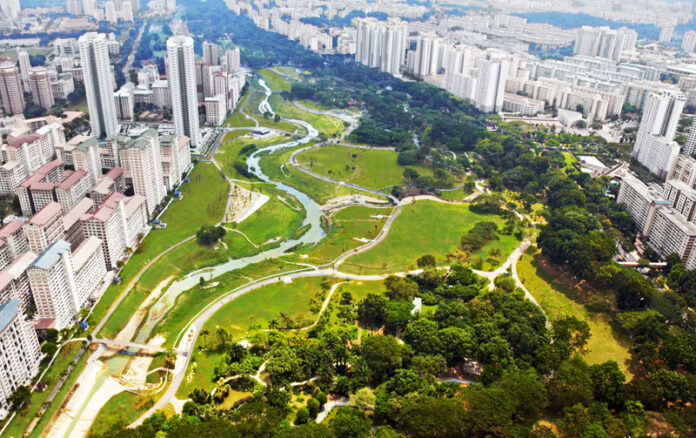
Sustainable urban design is at the forefront of city planning for the future. With a growing awareness of the environmental impact of urbanization, architects are focusing on creating cities that minimize their carbon footprint and prioritize the well-being of their inhabitants.
This entails designing buildings and infrastructure that are energy-efficient and utilize renewable resources. Green spaces, pedestrian-friendly streets, and efficient public transportation systems are integral components of sustainable urban design.
Sustainable Architecture
Modern cities are increasingly adopting sustainable architectural principles. Buildings are designed to maximize natural light, reduce energy consumption, and integrate green technologies such as solar panels and rainwater harvesting systems.
Urban Green Spaces
Parks, rooftop gardens, and vertical greenery are becoming essential features of future cities. These green spaces not only improve air quality but also provide recreational areas for city dwellers.
3D Rendering for Architectural Visualization
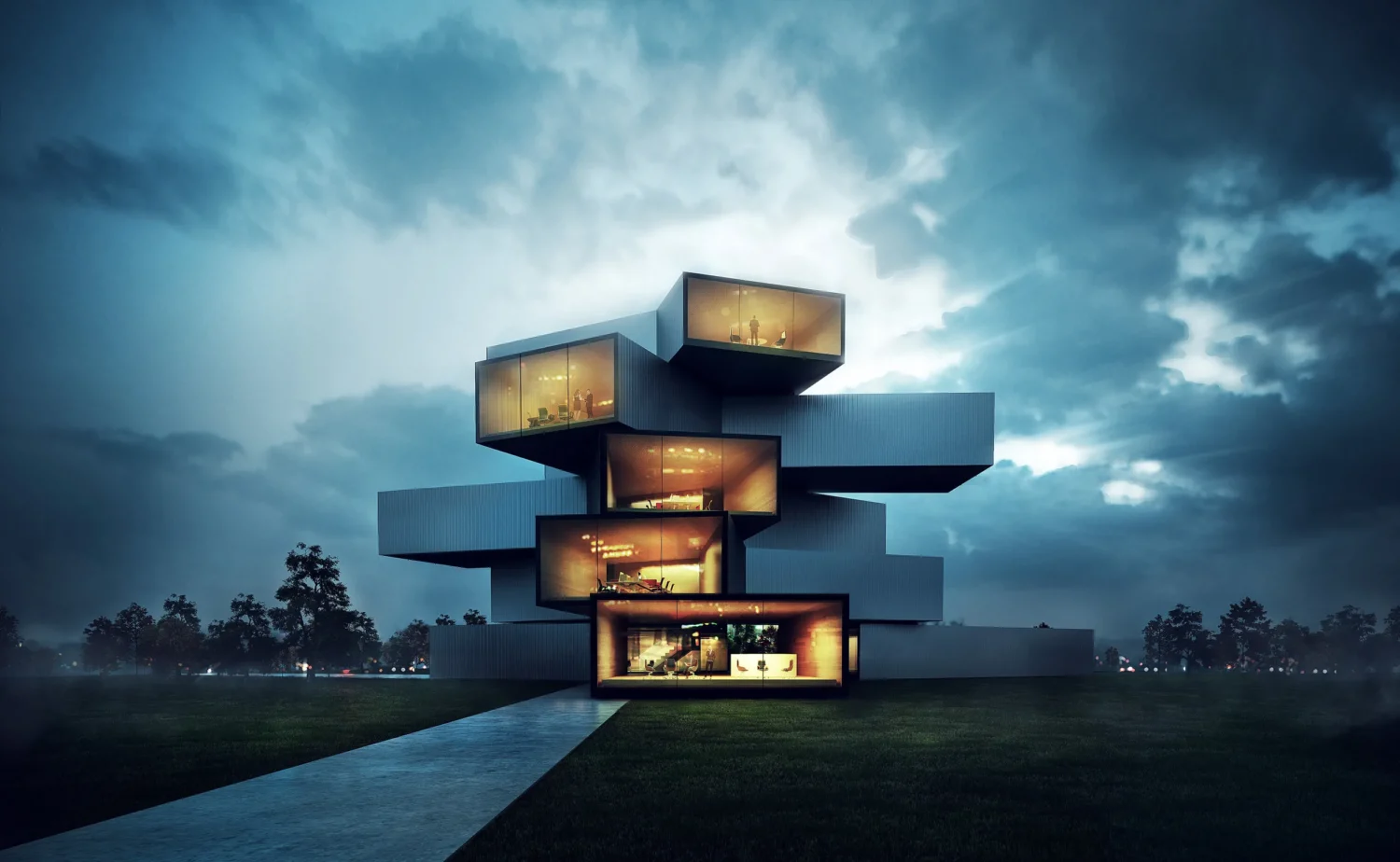
3D rendering services have revolutionized the way architects and urban planners visualize and communicate their designs. Advanced software and technology allow for detailed and realistic 3D models and renderings that aid in the planning and approval processes, as well as public engagement.
Design Visualization
3D rendering provides a powerful tool for architects to present their ideas to clients and stakeholders, making it easier for non-experts to understand complex designs.
Public Engagement
Interactive 3D models and virtual tours of future urban projects enhance public engagement and input in the planning process, leading to more inclusive and informed decisions.
Smart Cities and Technology Integration
The cities of the future are embracing technology in innovative ways to enhance the quality of life for their residents. Smart cities leverage data and connectivity to improve efficiency, reduce energy consumption, and enhance security.
IoT Integration: The Internet of Things (IoT) plays a pivotal role in smart cities. Sensors and data analytics are used to monitor traffic flow, optimize energy use, and manage waste.
Digital Infrastructure: High-speed internet access is considered a basic utility in future cities. A robust digital infrastructure supports various smart applications, from traffic management to telemedicine.
Vertical Gardens and Green Spaces
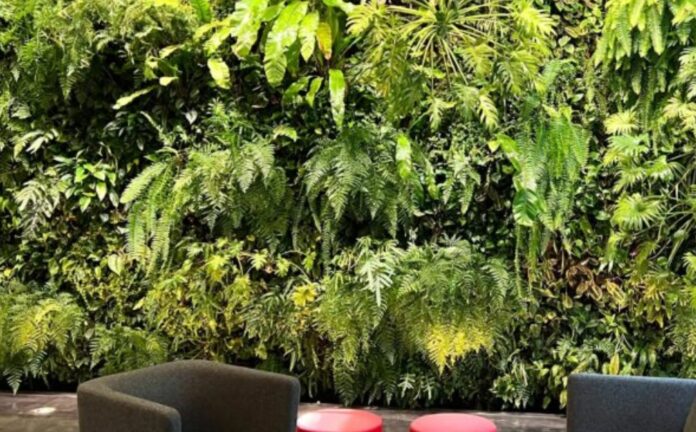
Urbanization often leads to a scarcity of horizontal space, making vertical gardens and green spaces crucial in city planning. These architectural innovations provide a host of benefits, from improving air quality to promoting biodiversity.
Vertical Gardens
Skyscrapers and buildings with vertical gardens not only enhance the visual appeal of the city but also reduce the urban heat island effect and contribute to cleaner air.
Green Roofs
The rooftops of many buildings in future cities are transformed into green spaces, offering recreational areas, urban farming, and improved insulation, which can lower energy consumption.
Mixed-Use Development and Urban Planning
Mixed-use development is a trend that fosters vibrant and dynamic urban communities. It combines residential, commercial, and recreational spaces to create self-sustaining urban environments.
- Walkability and Livability: Mixed-use communities are designed to be walkable, reducing the reliance on cars and promoting a healthier, more active lifestyle.
- Economic Sustainability: By integrating commercial and residential spaces, mixed-use developments create diverse economic opportunities and support local businesses.
Resilience and Climate Adaptation
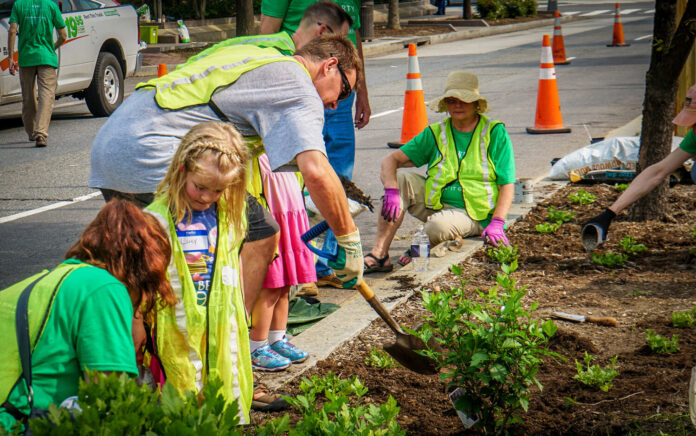
Future cities must be prepared to face the challenges posed by climate change. Architects and planners are focusing on resilience and adaptation strategies to protect cities from natural disasters and changing weather patterns.
Climate-Resilient Infrastructure: Buildings and infrastructure are designed to withstand extreme weather events, such as hurricanes, floods, and earthquakes.
Adaptive Urban Planning: City layouts and zoning regulations are being adapted to accommodate rising sea levels and temperature fluctuations.
Innovative Transportation Solutions
The way people move within a city is evolving. Future cities are prioritizing sustainable and efficient transportation options.
Public Transportation: Modern cities are expanding and improving public transportation systems, including buses, trams, and subways. Electric and autonomous vehicles are also becoming more prevalent.
Cycling Infrastructure: Bike lanes and bike-sharing programs are encouraging a shift toward greener, healthier modes of transportation.
Affordable Housing and Inclusivity
Ensuring that cities of the future are inclusive and provide affordable housing options is a significant challenge. Architects and planners are striving to create diverse communities that cater to people of all income levels.
Affordable housing projects, as well as rent control measures, are being implemented to address the issue of housing affordability. Also, future cities are being designed to be accessible to people of all abilities, fostering a sense of community and belonging.
Cultural Preservation and Modern Architecture
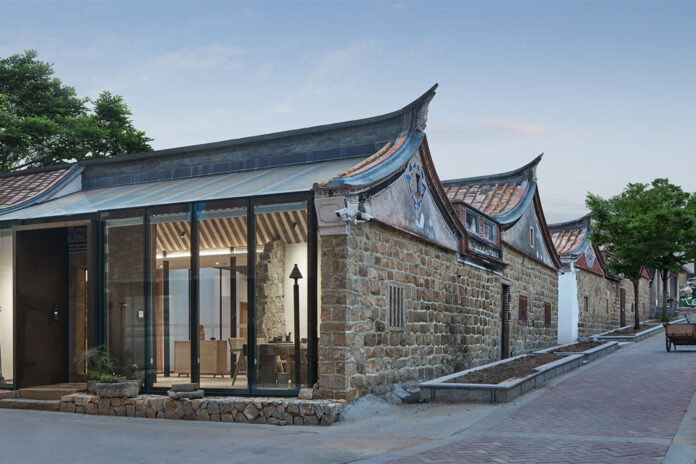
Preserving the cultural heritage of a city while embracing modern architectural designs is a delicate balance. Architects are finding ways to integrate the old and the new.
Cultural Districts: Many future cities are creating cultural districts that celebrate their heritage while promoting contemporary arts and culture.
Architectural Icons: Iconic, modern buildings are becoming a symbol of progress and innovation, coexisting harmoniously with historic landmarks.
Redefining Urban Infrastructure
The infrastructure of cities is being redefined to meet the demands of a rapidly growing population and changing needs.
Smart Grids: Advanced electrical grids are being developed to support the increased demand for power and integrate renewable energy sources.
Waste Management: Recycling and waste-to-energy facilities are being integrated into the urban infrastructure to reduce landfill waste and promote sustainability.
Urban Regeneration and Revitalization Projects
Many cities are focusing on regenerating and revitalizing old or neglected urban areas. Former industrial sites are being transformed into vibrant, mixed-use communities, breathing new life into neglected areas. Revitalizing waterfront areas also enhances the aesthetic appeal of cities and provides new recreational and economic opportunities.
Conclusion
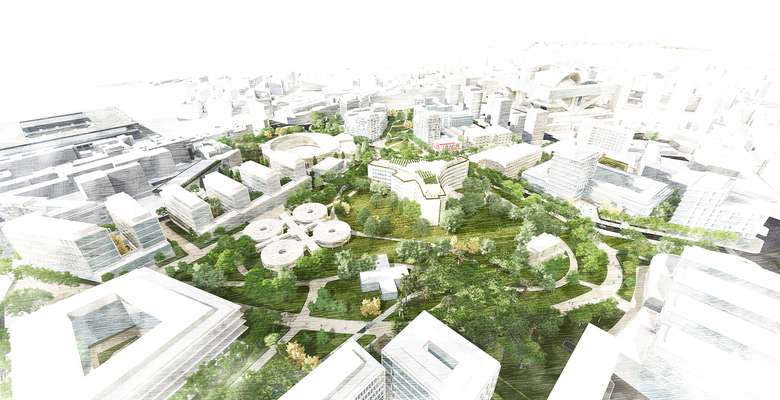
The cities of the future are being shaped by the pressing need for sustainability, resilience, and innovation. Architects and urban planners are working together to create urban spaces that are not only functional but also aesthetically pleasing, environmentally friendly, and inclusive. With a focus on sustainable urban design, technology integration, and a commitment to inclusivity, the cities of the future will continue to evolve and adapt to the changing world around them.


![Calgary’s Hottest Neighborhoods for Luxury Homebuyers [2024]](https://thewashingtonote.com/wp-content/uploads/2024/04/Calgary-218x150.png)


![Calgary’s Hottest Neighborhoods for Luxury Homebuyers [2024]](https://thewashingtonote.com/wp-content/uploads/2024/04/Calgary-324x160.png)



